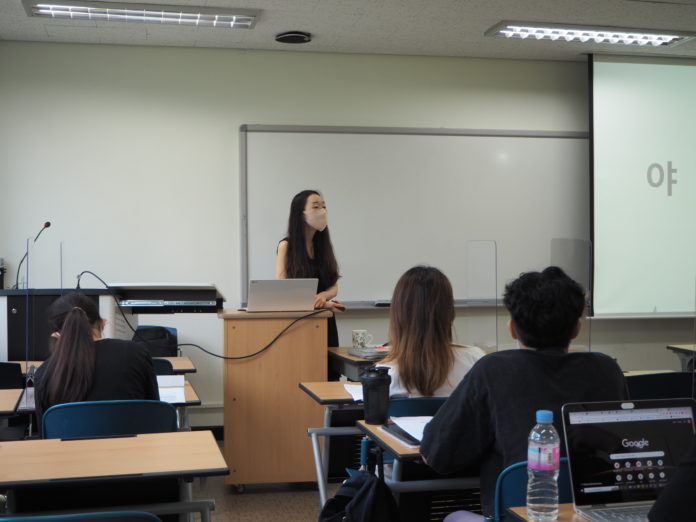The classes were actually fun (not a joke!). I took the modules Anthropology of Food and Korean (both Humanities courses). Anthropology of Food taught me a lot about Korean food and its history; the current popular food companies in Korea, where the food in Korea comes from, how impossible meat is made and so on. Half of our classmates were actually KAIST students and we had class discussions several lessons a week, making the lessons really engaging. They told me how living in Korea is really like compared to what foreigners think it is like, for example the strong focus on manners. There were two assignments a week of manageable short answer questions, and the exams were writing 700-word long answers to two questions over two hours.
Basic Korean would be a very intense learning curve for those who have never learnt Korean before. For those who have learnt Korean before, you would still be able to learn new things even if you are of a higher TOPIK (Test of Proficiency in Korean) level (Zhe Hui). By the first week, all of the students were taught how to read Korean, and the following weeks were about basic sentence structure and grammar, then being able to introduce ourselves in Korean, conversations about school and daily life. We were given oral exams and our final project was to make a short video in Korean about absolutely anything, which I found really the highlight of the course. It was fun and helped me practice my speaking! I think this wide breadth of humanities courses would benefit SUTD’s curriculum because the diverse knowledge helps us as engineering school students make more informed decisions, and it made my learning a lot more enjoyable. I think the workload is quite manageable for a summer programme.
































